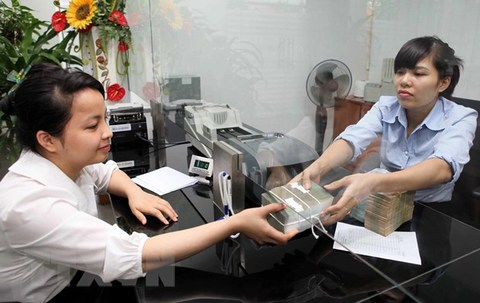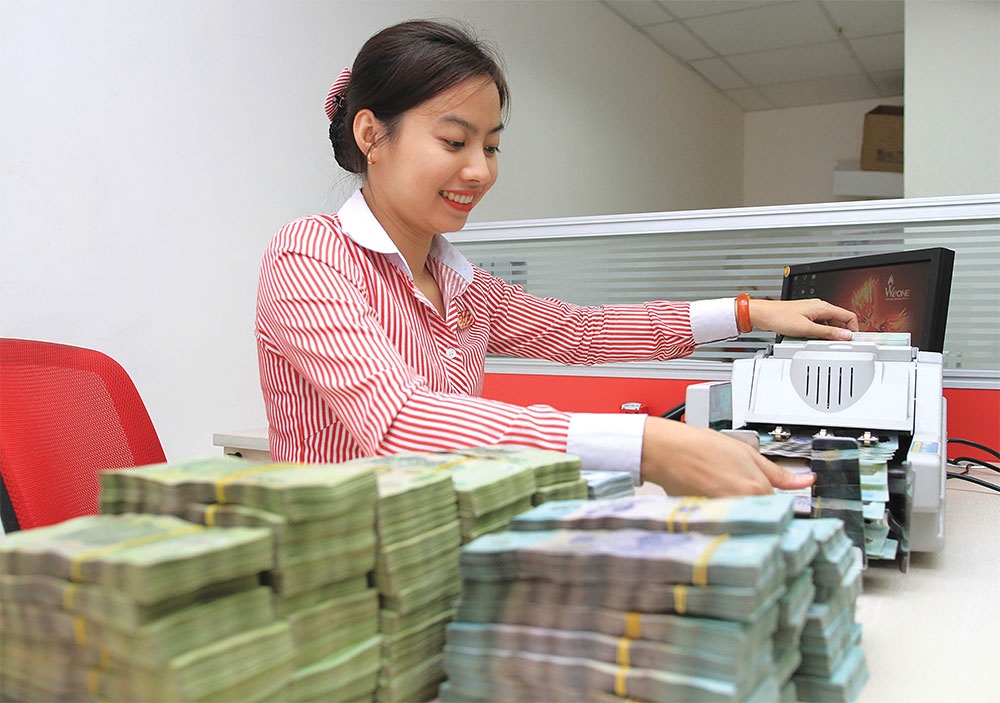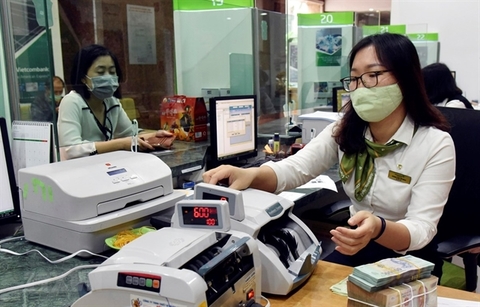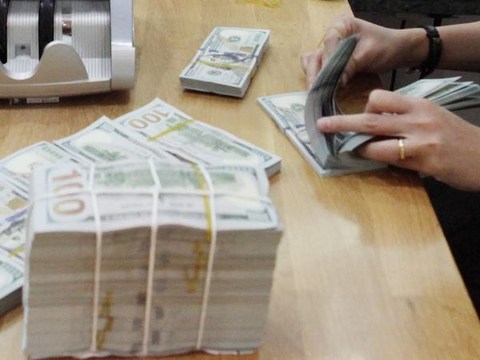Deposit rate hikes still lingering
Deposit rate hikes still lingering
Banks continue to increase their deposit rates to relieve liquidity constraints at year-end.
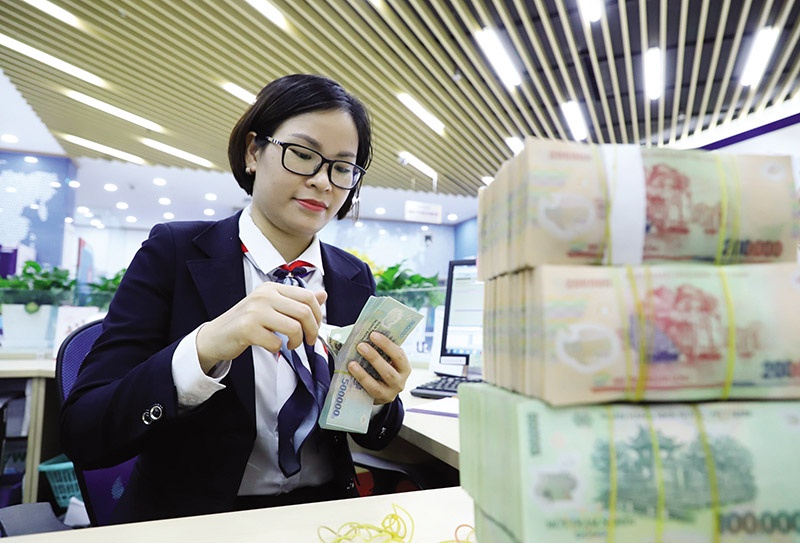
On November 22, Hanoi-headquartered commercial lender Techcombank applied a new deposit interest rate chart, with the new rate inching up 30 basis points per year for six-month terms and beyond compared to the previous chart.
The ceiling deposit rate is pegged at 9.3 per cent annually and catered to new VIP depositors.
VPBank has also joined the rate hike race with 30 basis points addition on average. The bank’s ceiling raising rate now reaches 9.3 per cent yearly for an 18-month term and beyond and from 9.1 per cent for a 12-month term.
For its prime savings package, the highest deposit interest rate reaches 11.1 per cent annually for the first month of a 36-month term and 9.25 per cent yearly for successive months.
A rate of around 9 per cent is currently common across banks. GP Bank has capped its ceiling deposit rate at 9.6 per cent, per year for 13 months and beyond, and Sacombank has also offered a 9 per cent per year for 15-month term deposits.
Thanks to deposit interest rate spike across banks, total deposit volume within the banking system has resumed growth after two months of reduction and exceeded $60.8 billion.
According to the State Bank of Vietnam’s (SBV) latest figures, in the year to date the deposit volume of the whole banking sector saw a 4.33 per cent jump, equal to $20.6 billion, in which the deposit volume from the community rose 2.43 per cent.
However, the deposit growth pace is still much lower than the credit growth rate, which reached 11.05 per cent in the first 10 months this year, surpassing $503 billion.
In fact, several banks saw declining deposit volumes in the first three quarters of 2022. The volume at Military Bank shed 2 per cent compared to earlier in the year, falling to $16.39 billion; Viet Capital Bank shed 4 per cent to $1.88 billion; and KienLong Bank saw an 18 per cent plunge to $1.83 billion.
Amid liquidity pressures, banks had strongly withdrawn their deposit volume at the SBV to serve their needs. As of September 30, total deposit volume at the SBV of 28 commercial lenders that had announced Q3 financial statements saw a 48 per cent drop compared to early 2022, falling to just $7.65 billion.
Pressurised liquidity has been instrumental to spiking overnight lending rate in recent weeks, which surpassed 10 per cent and broke a decade-long record.
Senior financial expert Dinh Trong Thinh attributed banks’ massive capital withdrawal from the central bank to serve liquidity needs in the context that credit growth more than doubled banks’ deposit volume growth.
Experts assumed that the SBV would continue tightening its monetary policy stance due to implicit inflation threats, at least into the first half of 2023. Property-oriented credit would be put further under strict supervision, causing lending to house purchases to slow down due to limited new supply and higher interest expenses. Meanwhile, exports are forecast for slower growth from Q4 amid lower demand in key export markets and high inflation.
The SBV may further raise the operating interest rate later this year or in early next year in an attempt to keep a stable exchange rate environment, Thinh said.
Banks will be likely to further raise their deposit interest rates for liquidity improvement and become well-prepared to boost lending when the SBV loosens credit limits in the forthcoming months.
The central bank recently sent a report to National Assembly Economic Committee, in which credit limit provision was one of the issues mentioned. Accordingly, the SBV has calculated granting credit growth limits to banks in 2023, and banks’ health is one of the essential factors on which it considers credit growth limit provision.
The SBV has also mandated its functional divisions to summarise, analyse, and make careful assessments to complete the credit limit tool, paving the way to ensure efficient credit management next year.




